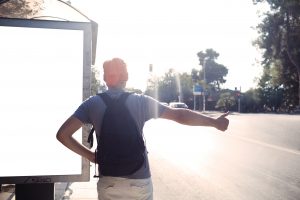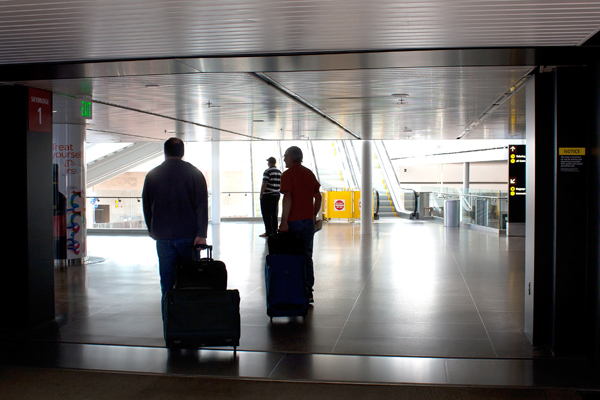 Humanity has a love affair with traveling. We have an innate desire to wander and adventure in order to experience everything our habitat has to offer. We want to know what is just around every corner and behind every waterfall. A number of things may spawn this desire to travel, ranging from a curious nature to defiance against parents or coping with a past trauma. Or perhaps it is merely because we evolved traveling as we populated the earth. Whatever causes it, wandering and traveling is an old tradition for humanity.
Humanity has a love affair with traveling. We have an innate desire to wander and adventure in order to experience everything our habitat has to offer. We want to know what is just around every corner and behind every waterfall. A number of things may spawn this desire to travel, ranging from a curious nature to defiance against parents or coping with a past trauma. Or perhaps it is merely because we evolved traveling as we populated the earth. Whatever causes it, wandering and traveling is an old tradition for humanity.
The modern wanderer is typically inspired by figures like Henry David Thoreau and Jack Kerouac. Both of these historical literary figures abandoned a life among society, at least for a time, to travel their respective areas of the United States in the 19th and 20th centuries. There have been many other prominent travelers, such as Chris McCandless who traveled from the United States to Alaska in the 1990’s, who inspired generations of people to follow their wanderlust and live according to their own rules for a time instead of society’s.
But this tradition did not begin in recent centuries. Many aboriginal peoples have traditions that date back thousands of years that involve the young people of their tribes venturing into the wilderness for a time as a rights of passage ritual. Many cultures in many nations embraced long standing traditions of sea-faring and trekking for their young people, incorporated into their coming of age years. This is an important and well respected practice through out the world.
In modern times, a majority of Westernized youth does not participate in this old tradition of humanity. With global culture reigning supreme and young people more enchanted with their cell phones than with the natural world and its humanities, traveling as a right of passage is becoming a lost art form. Those that discover it, however, will often claim it was the most magical years of their lives.
